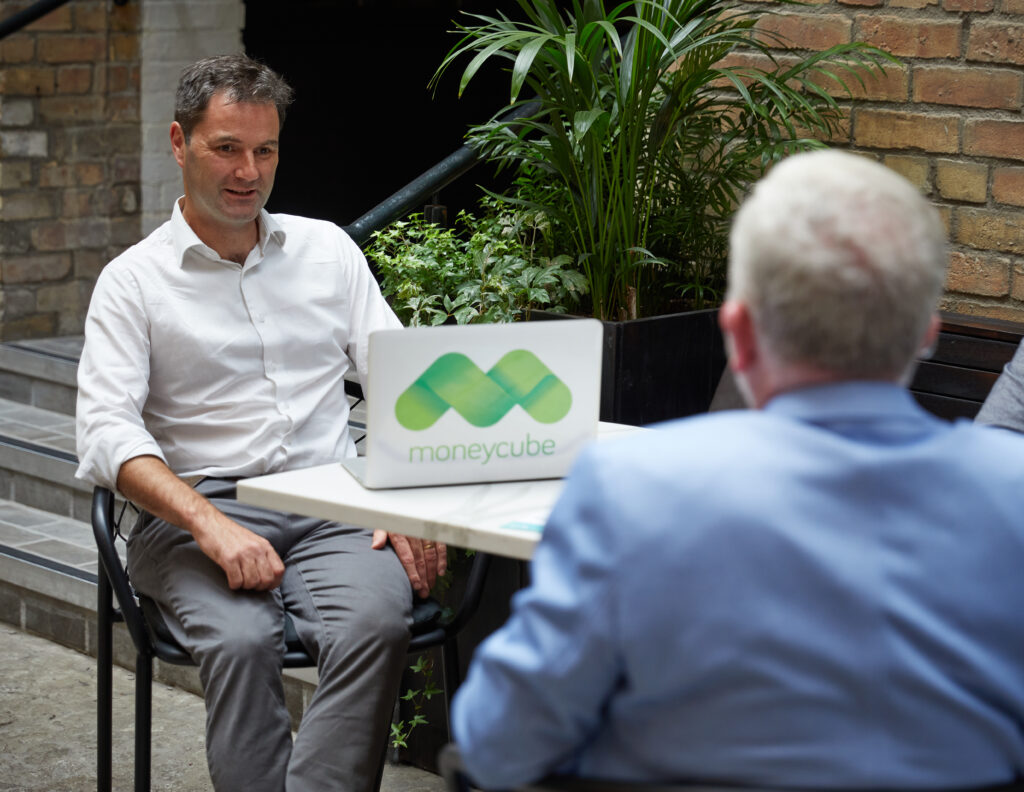More than two weeks after so-called ‘Liberation Day’, markets continue to be eventful, with large movements in the price of major companies on any single day. This week, for example, saw anti-obesity drugmaker Eli Lilly’s shares rise over 15%, and AI chipmaker Nvidia’s shares fall by more than 6%.
Given these moves, and the pace of tariff policy announcements, it makes sense to review your investments. But how should you react?
There is significant timing risk in making major changes. Put simply, the market is finding it difficult to value assets, and it will take time for this to settle. This demands a careful approach to making changes.
How should investors react to recent market moves?
Investors have three broad options during a rapid selloff in markets:
1. Sell out to less volatile assets or cash;
2. Increase holdings; or
3. Stick to existing positions.
Unless there is a change to your circumstances, such as a shorter timescale, or a materially lower appetite for risk, in general we recommend that you do not make wholesale adjustments your holdings at a time of heightened volatility. Our reasons are explained below.
Selling your investments now means that you will lock in the losses over the recent days and weeks, and risk missing out on the recovery when it comes.
There is substantial evidence that retail investors earn worse returns because they sell after market dips such as the one we are in, and then miss out on strong-performing days as confidence returns. For example, during the initial Covid crisis, the S&P 500 fell 33% in 23 trading days before recovering 31% over the next 23 trading days.
If you are comfortable riding out further ups and downs, then the Warren Buffett dictum of ‘be greedy when others are fearful, and fearful when others are greedy’ could apply.
However, calling the bottom of a market dip is notoriously difficult, and investing more now is likely to be a bumpy ride in the short term, so needs to be done with care (and in small slices).
As a Moneycube investor, your money is in an investment fund (or several) which is highly diversified, and holds a wide range of assets in line with your risk-reward appetite and investment timescale.
Your funds have bought a broad range of investments in professionally-run companies and other assets which are managing their business for profit and cash generation over the medium and long term.
Moreover, actively managed funds will be taking steps within the fund to mitigate the effects of these market moves. It is likely to be uncomfortable in the short term, but there is every reason to believe these funds will recover as your fund managers do their work and confidence returns to the market.
And there remain plenty of opportunities for success: consumer staples companies doing (literally) the bread and butter of economic work; domestically-focused companies that can respond to fiscal stimulus such as in Germany; inflation-protected infrastructure assets; and the long-term trend of technological progress remain intact. In the short term, bonds have again proved their resilience as ports in a storm.
If you do plan react to recent market moves, how should you go about it?
If you wish to reduce your level of risk, we recommend a gradual divestment approach to avoid undue timing risk during heightened volatility. With the market now questioning the status of the US dollar and US debt, we suggest that the best place to sit out of risk is in cash and cash-like funds, rather than bonds or other assets.
For any client who wishes to increase their level of risk, again we recommend a gradual approach to deploying cash into volatile markets.
Look beyond the noise on US tariffs
That’s why we are urging our clients to look to the medium term, be patient, and stick with the plan. While the level of market falls is uncomfortable, we are within an expected range for occasional short-term market setbacks in the context of medium-longer term growth.
Our team is and will be on hand to navigate through the current market – you can get in touch with your usual contact or email helpdesk@moneycube.ie.
Read on: Making sense of US tariffs










